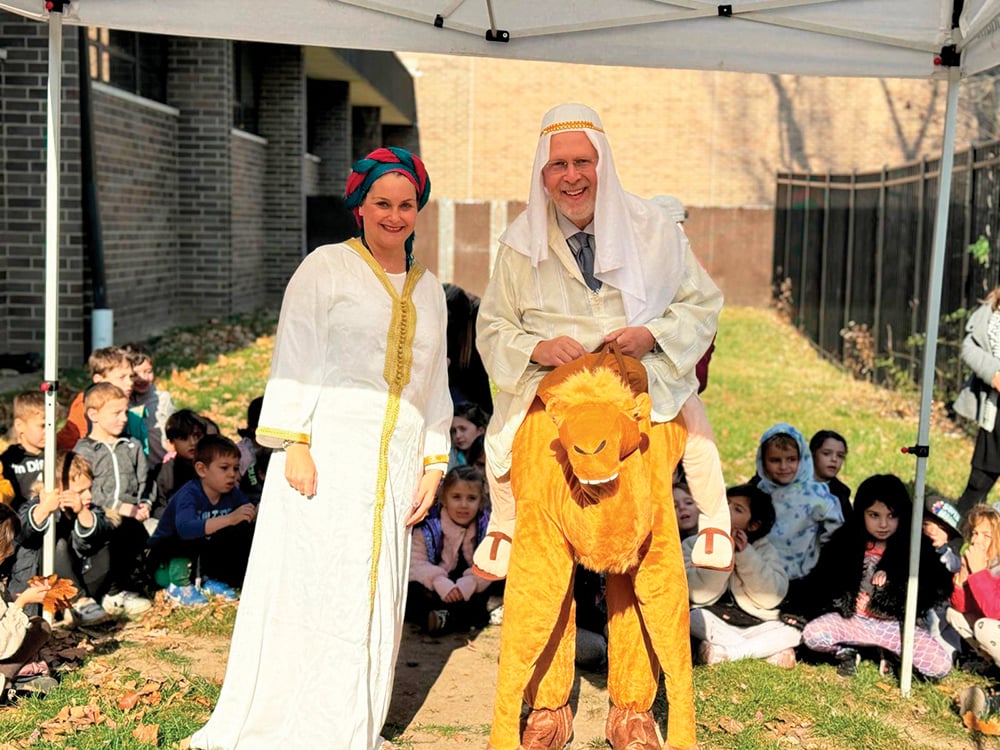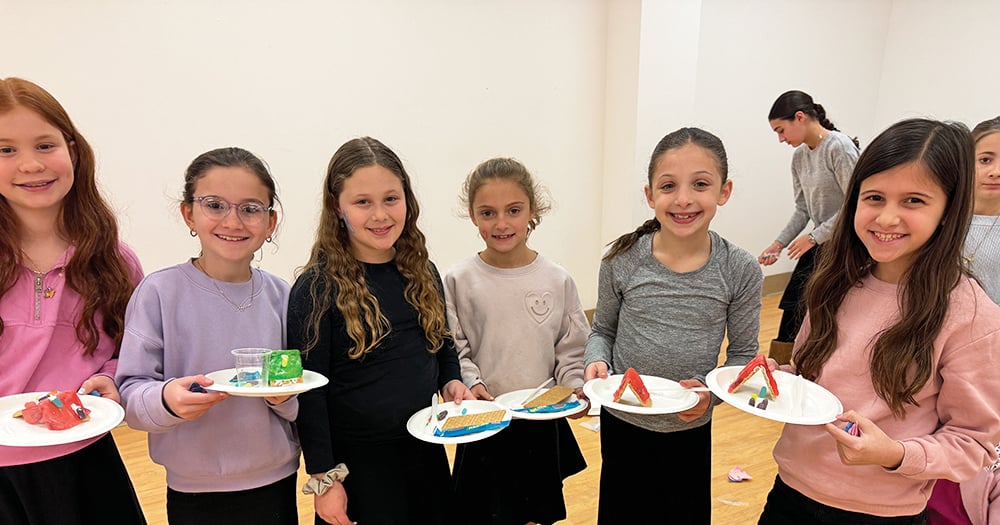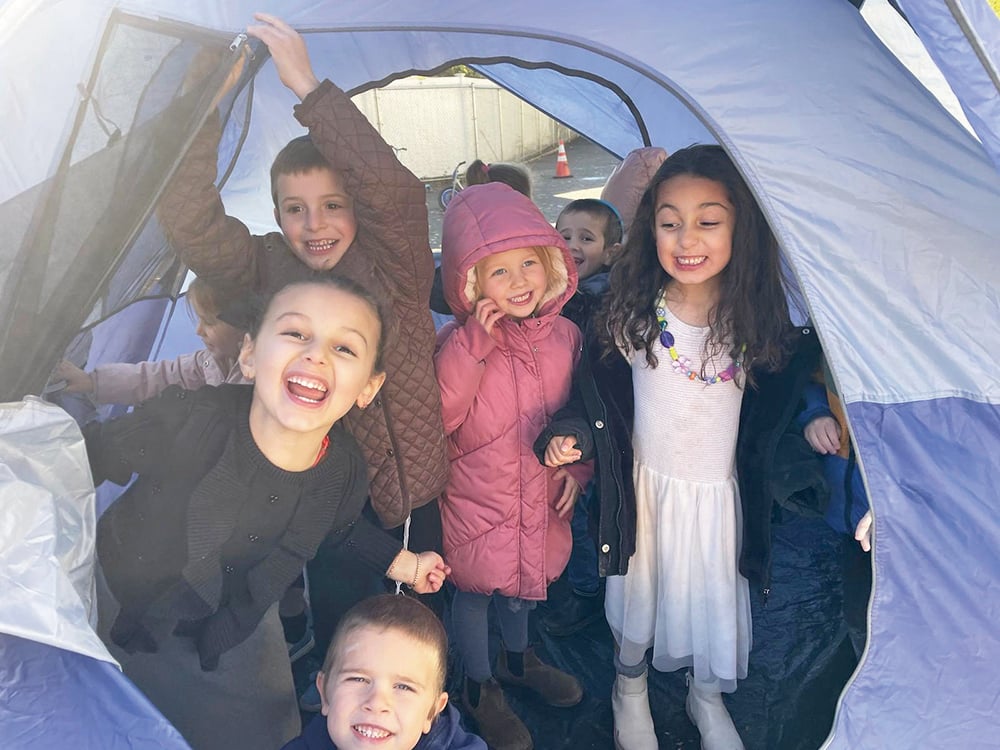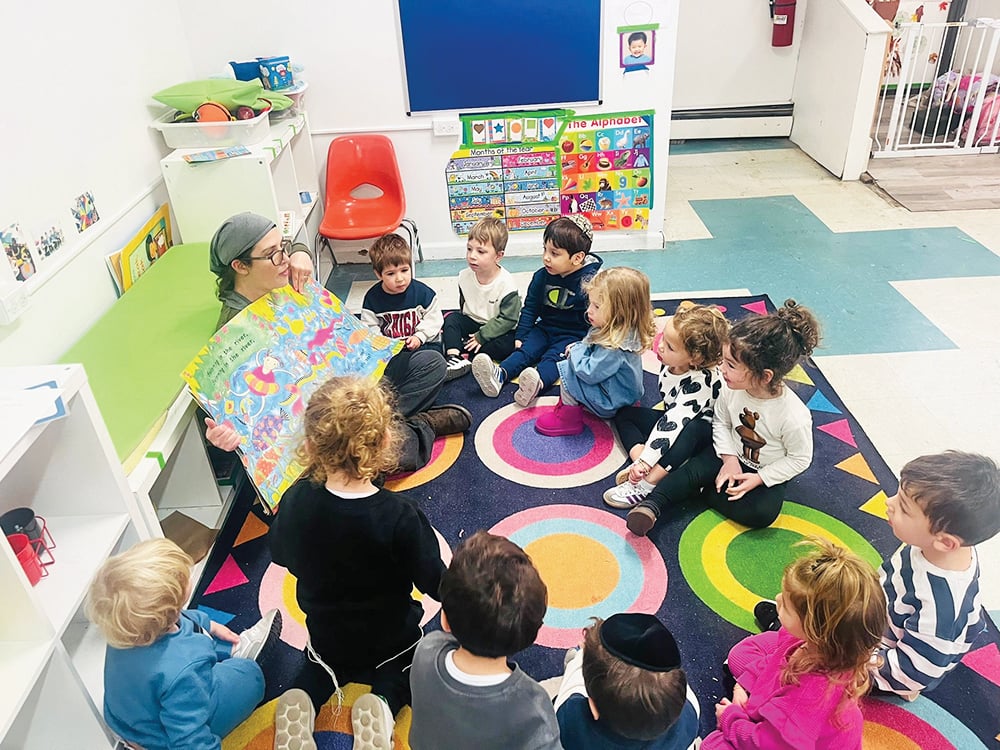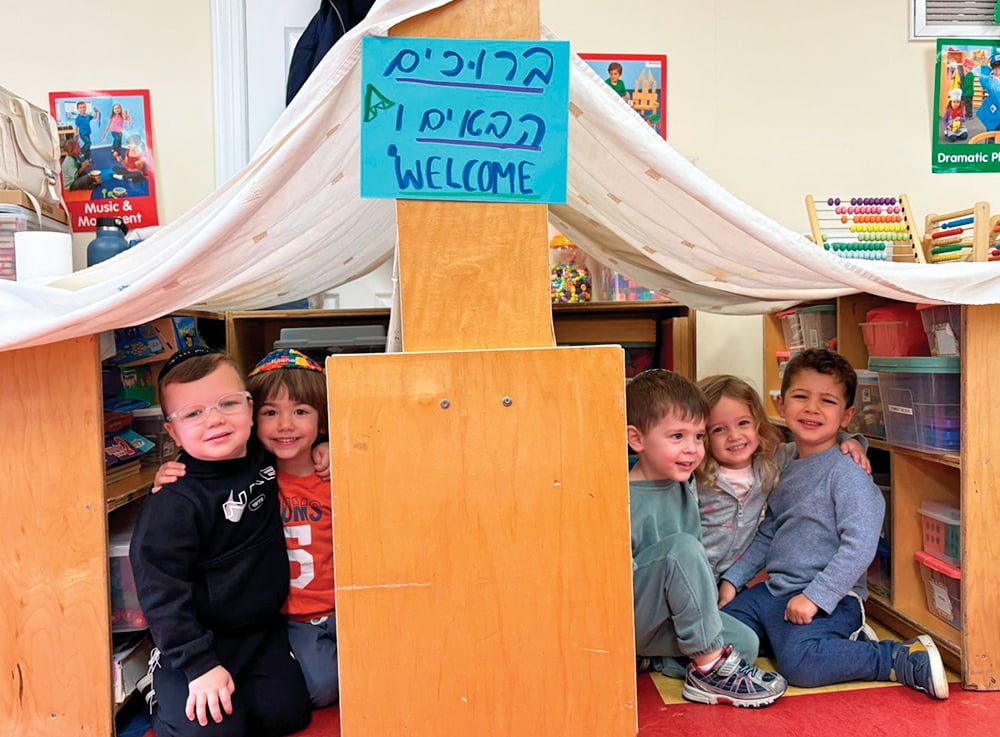Forty-five years ago, on Monday, February 21, 1977, a bat mitzvah celebration was held at Congregation B’nai Yeshurun in Teaneck.
This fact, in and of itself, has no major significance. However, as part of the event, a women’s tefillah service, a very novel concept at the time, was incorporated into the festivities.
It was the first—and the last—women’s tefillah service ever to be held at the shul.
The reason I’m familiar with this fact is that it was my sister Ruthie’s bat mitzvah that was celebrated in this fashion.
The details behind the story are fascinating. I wanted to share them now because there are very few people living in Teaneck who are even aware that this event occurred. Strictly from a historical perspective, I felt it was important to detail the information, especially for the new generations of families living in the Teaneck community today.
In addition, it’s interesting to see what has happened to the issue of women’s role in the synagogue and in the Orthodox community since this seminal event occurred, which I will also discuss.
It also happens to be the 100th anniversary of the very first bat mitzvah ceremony in America this month (Mordechai Kaplan’s daughter).
So let’s start at the beginning.
In the mid-1970s, marking a young woman’s becoming a bat mitzvah in the Orthodox community was not nearly as common as it is today. At best, a family would celebrate the occasion with a kiddush for the community. A young woman becoming a bat mitzvah would never give a dvar Torah or speak in front of the congregation … some might make a presentation at a family gathering or party, but that was about it.
When my mother and father began thinking of what they wanted to do for my sister’s bat mitzvah, they were at a loss. They knew they didn’t want to simply have a kiddush or a fancy party, which is what most of my sister’s classmates were doing to mark the occasion. They wanted something more meaningful for my sister.
My mom had heard that there was a young rabbi named Shlomo Riskin at Lincoln Square Synagogue in Manhattan who allowed women to organize a women’s tefillah service on Shabbat morning, where women were able to lein the Torah reading and receive aliyot, with certain limitations. My mother was intrigued by the idea of a women’s tefillah service in conjunction with my sister Ruthie’s bat mitzvah. She called Rabbi Riskin and spoke to a couple of the women who were running the service there. She received all of the details of what a women’s tefillah service would involve. She shared it with my sister Ruthie, who agreed to mark her special day in this unusual way.
However, my family wanted to have the ceremony at the shul we belonged to, Congregation B’nai Yeshurun. And that involved getting halachic permission from Rabbi Macy Gordon, who was the moreh d’asrah at the time.
After meeting with my mother and reviewing her request, Rabbi Gordon concluded: “I wish you would not move ahead with this idea, but if you are asking me for my halachic opinion, I see no reason why you cannot have such a service at the shul for your daughter’s bat mitzvah.”
And so, the stage was set for the very first women’s tefillah service in Teaneck.
Ruthie’s actual bat mitzvah date was not far from President’s Day, which ended up being an ideal time for the celebration: On Monday, the Torah portion is read, but instead of preparing an entire parsha, my sister only needed to learn the first aliyah. And since it was not a workday, family friends from out of town could come and join in the celebration.
I made a cassette tape of the leining for my sister so she could prepare the Torah reading. Invitations were printed, and plans for my sister’s bat mitzvah began to take shape.
I did not attend the actual service…the men had a concurrent service downstairs in the basement! However, from what I’ve been told, the women’s tefillah service was very meaningful, both for my sister and all those who attended. My sister told me that the fact that the service was conducted in the sanctuary was part of the reason it felt so important.
In addition to the fact that my sister was able to participate in a ritually enriching experience, a large number of women also experienced an eye-opening event, which allowed them to think of ways that they too could participate in synagogue ritual in a more significant way in the future.
Most affected, I think, was my dear grandmother, Rebbetzin Malcah Mintz. She had taken a back seat to her husband, Rabbi Max J. Mintz, the spiritual leader of the Talmud Torah of Flatbush, for close to 50 years. At this bat mitzvah service, my grandmother received an aliyah, and after the service was over, she gave her very first public speech … which launched a second career for her, as she then began speaking at every future simcha of her other grandchildren.
In addition to leining the first aliyah of Parshat Terumah, my sister delivered a beautiful dvar Torah on the parsha (which she later was able to reuse for her daughter’s baby naming, which fell out on the same parsha!).
And my mother, who always had a flair for the dramatic, kvelled at all that she had been able to create.
The service was not held without controversy. A day or two after the event, several members of the synagogue were upset that such a service was held at an Orthodox shul. The ritual committee, with the blessing of the rabbi, decided that such a service would no longer be allowed at the shul. The shul has held firm to that policy ever since.
However, that did not deter a group of women from eventually conducting similar types of services in Teaneck, in private homes. A year later, in 1978, on Purim, the very first women’s Megillah reading was held in Teaneck. Occasional women’s tefillah services were later organized on Shabbat morning; in fact, my parents’ home served as the location for the Shabbat women’s tefillah service for many years, as they had a large living room for congregants to gather and pray and a huge basement to store folding chairs.
Looking back, it’s interesting to see how women’s roles in Orthodoxy have developed 45 years after my sister’s bat mitzvah service. The women’s tefillah groups certainly have provided many women—especially those my mother’s age—with an opportunity to assume roles during davening that they never dreamed possible, and a large group of younger women learned the trop and celebrated their b’not mitzvah at these services.
However, times have changed. Today, many Orthodox women searching for a more spiritual experience at shul have found other ways to meet their needs—and the women’s tefillah services in the communities that host them are usually limited to a Purim Megillah reading, an Eicha reading, and a Simchat Torah service. That’s not to minimize what has occurred during the last few decades. The women’s tefillah groups have spawned an entire generation of young women who are capable of reading the Megillah and the Torah, which is a major accomplishment and something about which the movement can certainly be very proud.
But that’s not where the focus seems to be right now, at least from my vantage point. Many Orthodox women under 50 have now been privileged to engage in advanced Talmud study during the last couple of decades. There are literally thousands of women learning Daf Yomi every day. Women who wish to study Talmud and Halacha after college can attend Yeshiva University’s GPATS program or become a yoatzot halacha through Nishmat’s advanced learning track. These women realize that real empowerment in the Orthodox community doesn’t necessarily come from being able to get an aliyah or to read from the Torah, but rather to study the same texts that their male counterparts have studied for centuries.
Moving forward, I believe the real challenge of the Orthodox establishment is not going to be whether or not to allow women’s tefillah groups or partnership minyanim in the synagogue. Instead, it will be figuring out how to create professionally meaningful and Halachically appropriate jobs in our schools and shuls for the thousands of capable Orthodox women who now have the skills and the desire to make a real difference in our lives.
I hope our community will be up to the task.
Michael Feldstein is a contributing editor for The Jewish Link. He owns his own marketing consulting firm, MGF Marketing, and can be reached at [email protected].




